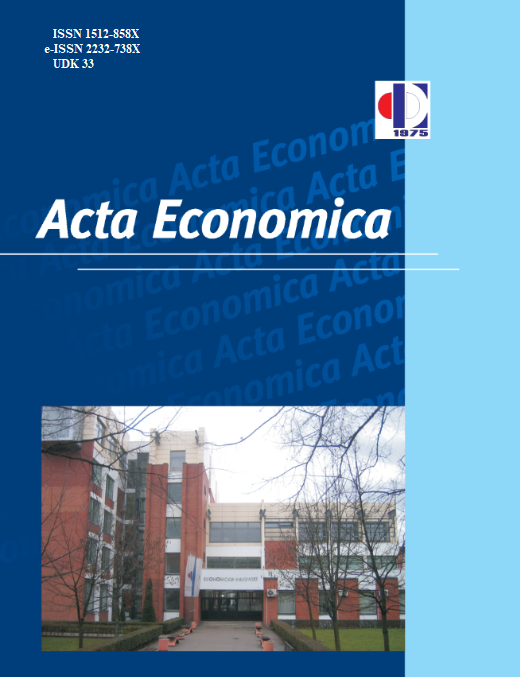From Defective to Effective BiH Development Policy
DOI:
https://doi.org/10.7251/ACE1727137DAbstract
After 21 post-war years Bosnia and Herzegovina (BiH) found itself in a “middle-income trap”. It is not classified into low income countries because workers and citizens do not accept low wages and low standard of living, nor does it fit into high income countries because those workers do not produce sophisticated products that ensure competitiveness, export and the basis for high wages and the standard of living. The development vision of BiH is to become a high income country. However, the state has neither suitable strategy nor policy.This paper represents a detailed research of multifaceted secondary sources (i.e. journal articles, government publications, internet sources, etc.), conducted in a cross-sectional time manner. By utilizing secondary sources of data we conducted our own calculations based on data from the World Bank, the Central Bank of Bosnia and Herzegovina and Agency for Statistics of Bosnia and Herzegovina.
We hold that key sectors which would provide return to pre-crisis GDP growth
rate of 6-7 percent per year, should be: financial system, diaspora and digitalization
of industry (with the introduction of suitable strategies and policies), each of which
would contribute to GDP growth of two percent per year. The key agents of change
should be the leaders of value chains (large-scale companies), cities-regions, gazelle
companies (fast growing small and medium size companies) and micro digital companies.
Downloads
Published
2018-12-24
Issue
Section
Чланци

